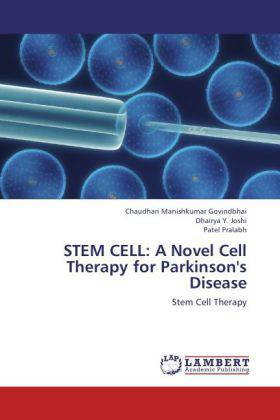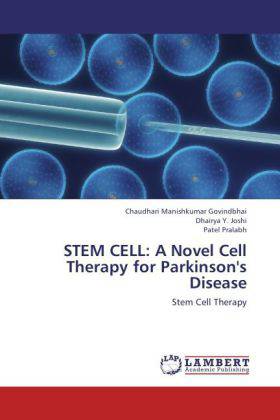
- Afhalen na 1 uur in een winkel met voorraad
- Gratis thuislevering in België vanaf € 30
- Ruim aanbod met 7 miljoen producten
- Afhalen na 1 uur in een winkel met voorraad
- Gratis thuislevering in België vanaf € 30
- Ruim aanbod met 7 miljoen producten
Zoeken
Stem Cell
A Novel Cell Therapy for Parkinson's Disease
Chaudhari Manishkumar Govindbhai, Dhairya Y Joshi, Patel Pralabh
Paperback | Engels
€ 48,45
+ 96 punten
Omschrijving
Given the well-defined loss of a specific type of neurons (dopaminergic neurons) in a well defined region of the brain (S. nigra), the concept of cell replacement therapy in PD has emerged already in the early 1980s.Replacing diseased cells with healthy cells, called cell therapy, is similar to the process of organ transplantation only the treatment consists of transplanting cells instead of organs. Some conditions or injuries can be treated through transplantation of entire healthy organs, but there is an acute shortage of donors. Stem cells can serve as an alternate and renewable source for specialized cells.These unique characteristics make stem cells very promising for supplying cells to treat debilitating diseases like Alzheimer's disease, cancer, Parkinson's disease, type-1 diabetes, spinal cord injury, stroke, burns, heart disease, osteoarthritis and rheumatoid arthritis. Today, donated organs and tissues are often used to replace those that are diseased or destroyed. Unfortunately, the number of people needing transplants far exceeds the number of organs available.
Specificaties
Betrokkenen
- Auteur(s):
- Uitgeverij:
Inhoud
- Aantal bladzijden:
- 64
- Taal:
- Engels
Eigenschappen
- Productcode (EAN):
- 9783838365930
- Verschijningsdatum:
- 9/08/2012
- Uitvoering:
- Paperback
- Formaat:
- Trade paperback (VS)
- Afmetingen:
- 152 mm x 229 mm
- Gewicht:
- 104 g

Alleen bij Standaard Boekhandel
+ 96 punten op je klantenkaart van Standaard Boekhandel
Beoordelingen
We publiceren alleen reviews die voldoen aan de voorwaarden voor reviews. Bekijk onze voorwaarden voor reviews.











